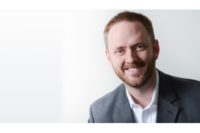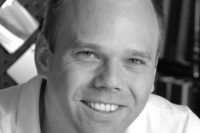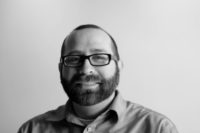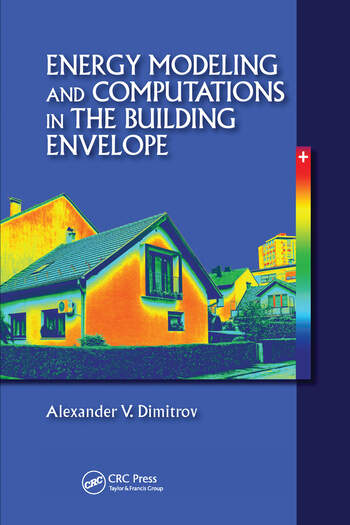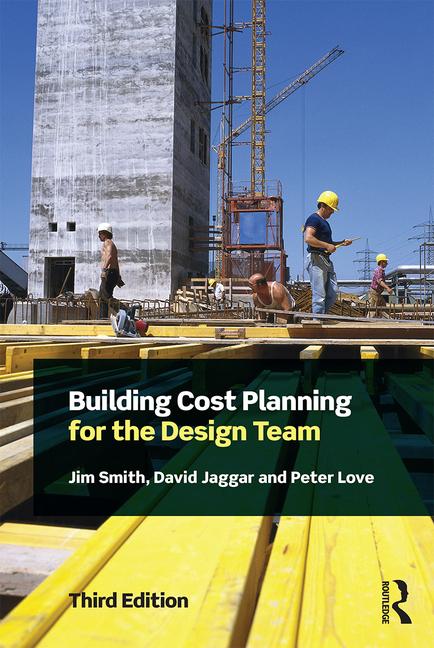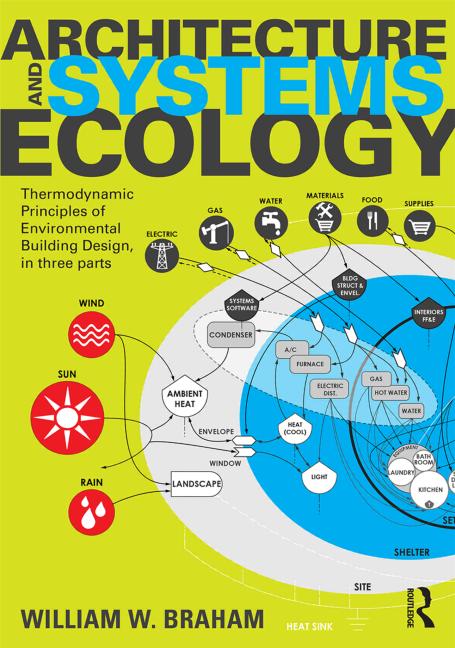For 73 years, HKS Architects has encouraged a culture “that reveres both invention and customer focus.” The firms operates 29 worldwide offices with projects ranging from headquarters, office buildings, healthcare facilities, sport venues, hotels and resorts, banks, law and aviation facilities, religious institutions, public buildings, etc., in almost 1,200 cities throughout 77 countries.
The firm employs more than 900 professionals in the specialty field with an emphasis on having a technological edge. As its website reads: “Project management, honed through decades of experience, is our strong suit. Our project management process includes design-quality management reviews and consultant coordination, budget management, monthly reporting, design scheduling and design-fee cash flow forecasting and trending. Our technical expertise and construction administration background contribute to streamlined, on-time, within budget projects that create memorable experiences.”
BE interviewed the firm’s Kirk Teske, principal and chief sustainability officer at its Dallas office who has 28 years experience.
Building Envelope: What is your work history in this field?
Kirk Teske: Predominately corporate headquarters, large hospitality venues, and all things “green.”
Building Envelope: Where did you go to school?
Teske: Texas A&M University
Building Envelope: Did you have a specialization?
Teske: I head up a studio that assists our HKS design teams with sustainable and high-performance design strategies. We are keenly focused on improving the environmental performance of the structures we design.
Building Envelope: Do you approach architecture from an artistic or functional starting point? Are the two concepts exclusive?
Teske: Timeless and purposeful architecture must be both beautiful and functional. I take a very poetic and pragmatic approach to every project, and weave them equally into the fabric of our projects.
Building Envelope: If any, who are your role models?
Teske: Louis Kahn for his innate ability to bridle sunlight and beautifully integrate it into the indoor environment. Also, William McDonough for his amazing knowledge and ability to inspire a whole-systems approach to architecture—making buildings a living and breathing part of our environment.
Building Envelope: What projects, other than your own work, do you find inspiring?
Teske: The Kimball Art Museum [Ft. Worth, Texas]—it’s by far my favorite.
Building Envelope: How many buildings have you designed?
Teske: I’m not really sure but I am certain that I have collaborated on the design of nearly 100 built projects.
Building Envelope: If you had to choose one to represent your work, what project would you choose?
Teske: The Sabre Holdings Corporate Headquarters—our first LEED project and by far the most pioneering project on which I participated.
Building Envelope: What are your guiding principles when designing a structure?
Teske: Purposeful and timeless design. It is somewhat unfortunate in our society that architecture is, to a large degree, disposable. Architecture that is sustainable, beautiful and stands the test of time is great architecture.
Building Envelope: If you could have any building to redesign—anywhere in the world—which would you like to address?
Teske: The U.S. World Trade Center Towers in New York.
Building Envelope: What types of products interest you?
Teske: Products that have minimal environmental footprint and low energy intensity, and that are healthy, timeless and sustainable.
Agriculture-based building products interest me quite a bit for numerous reasons—their rapidly renewable composition, ability to sequester carbon, and potential to create new markets for our nation’s farmers. There is tremendous potential here for wall and ceiling products.


